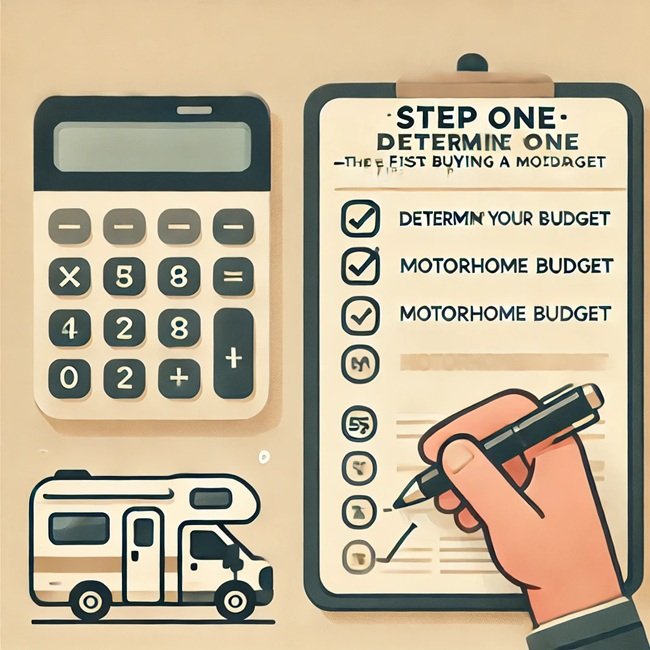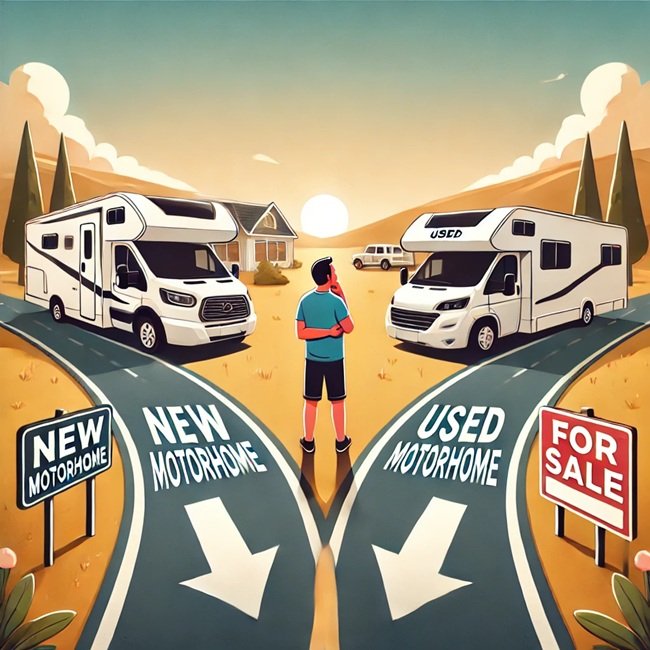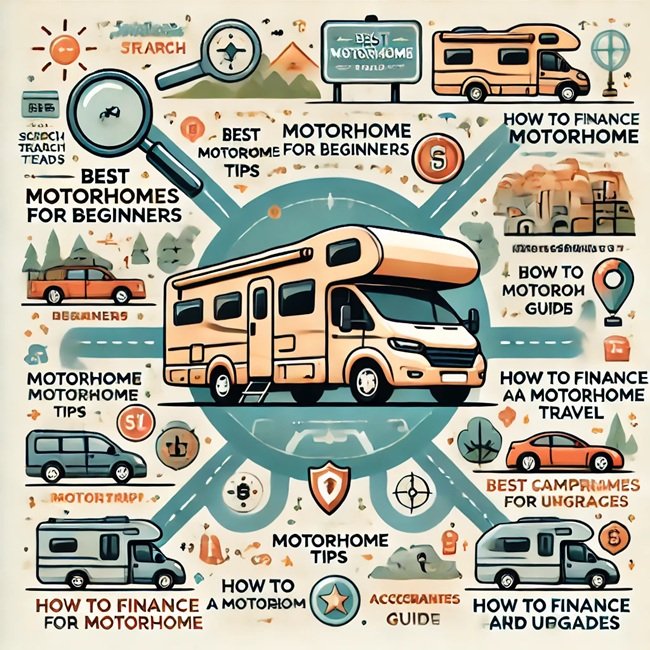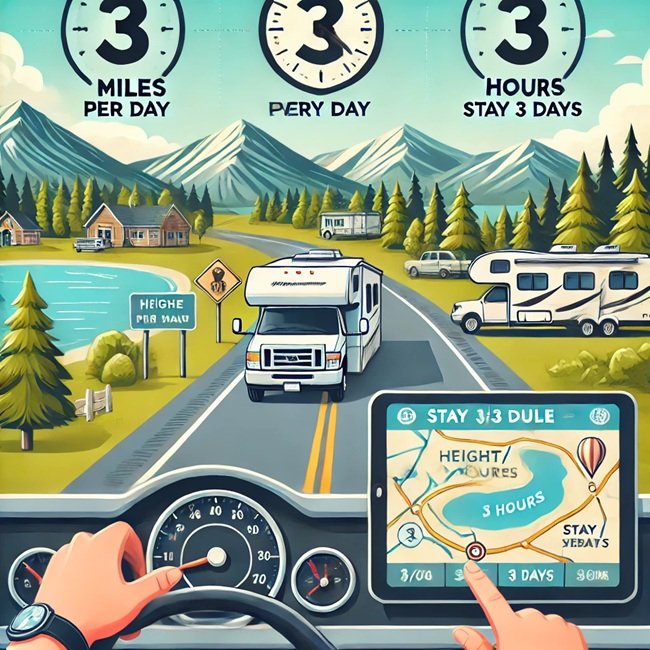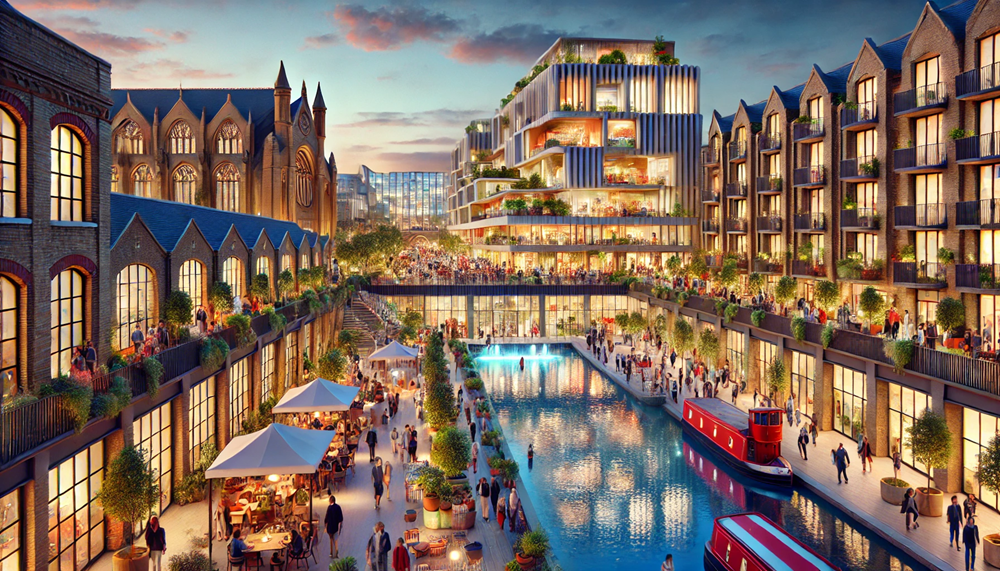Buying a motorhome is a significant financial commitment, and the first step in making a well-informed decision is to establish a realistic budget. Many first-time buyers focus primarily on the purchase price, but owning a motorhome involves many ongoing costs that need to be considered to avoid financial strain later on. Whether you are considering a brand-new motorhome with all the latest features or a well-maintained used model, understanding the full financial picture is essential.
This article will guide you through the key financial factors you need to consider before purchasing a motorhome. By the end of this step, you will have a clear understanding of how much you can afford to spend and what costs you need to plan for beyond the initial purchase.
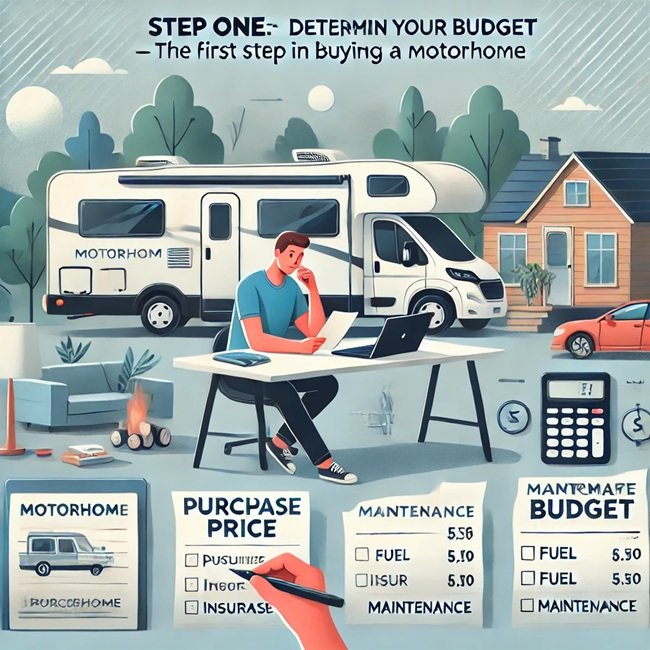
Understanding the True Cost of a Motorhome
The cost of a motorhome varies significantly based on factors such as size, type, brand, and features. New motorhomes generally range from £50,000 to over £200,000, while used motorhomes can be purchased for a fraction of that price. However, it’s important to recognize that the initial purchase price is only part of the overall cost of ownership.
A common mistake buyers make is underestimating the long-term costs associated with running and maintaining a motorhome. These costs can quickly add up and should be factored into your budget from the beginning.
New vs. Used Motorhomes: How They Impact Your Budget
One of the biggest financial decisions when buying a motorhome is whether to purchase a new or used model. Each option comes with its own advantages and cost considerations.
